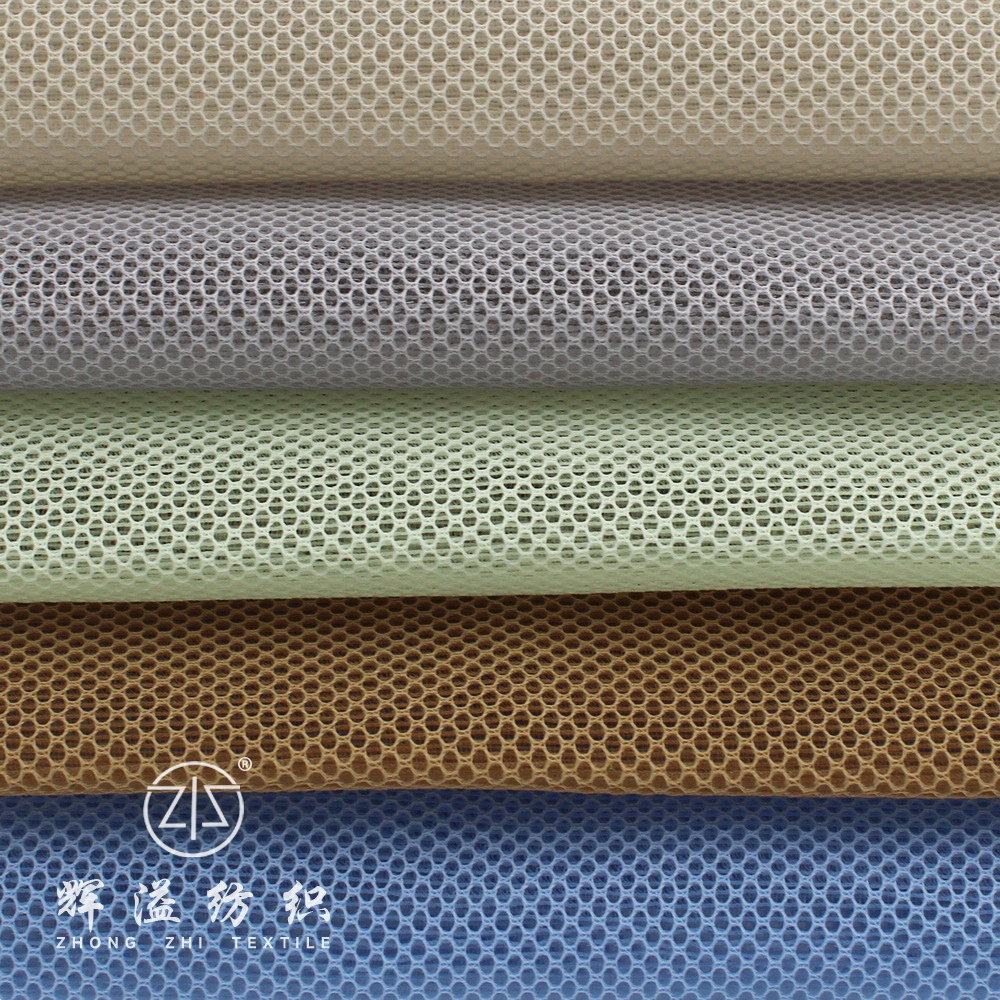Key Applications of Sandwich Mesh Fabric in Footwear Manufacturing
2025-08-18
With the rapid growth of the global sports and leisure market, footwear materials are facing increasing demands for lightness, breathability, and comfort. Sandwich mesh fabric, with its unique three-layer structure and outstanding performance, has gradually become an essential material in shoe manufacturing. Its applications across different parts of footwear are reshaping both functionality and user experience.

Upper: The Perfect Balance of Lightness and Breathability
As the “face” of the shoe, the upper is not only responsible for visual appeal but also directly affects comfort and ventilation. Sandwich mesh fabric, composed of two outer mesh layers and a middle supportive yarn structure, offers both durability and excellent airflow. It is widely favored in sports and casual shoes because it keeps footwear lightweight and flexible while ensuring breathability during long wear.
Tongue: Comfort in Every Detail
The tongue often comes into direct contact with the instep, and unsuitable materials can cause heat build-up or friction. Using sandwich mesh fabric here effectively resolves these issues. Its softness and breathability allow the tongue to fit closely to the foot, enhancing overall comfort—an advantage especially valued in running shoes, basketball shoes, and other high-intensity footwear.
Lining: The Hidden Contributor to Comfort
Although often overlooked, the lining is in constant contact with the foot. Sandwich mesh fabric provides a soft, breathable interior that improves moisture management and comfort, preventing discomfort caused by heat or humidity. In warm or humid climates, this feature significantly increases the value of footwear products.
Insole & Footbed Lining: Support and Cushioning at the Core
Thanks to its three-dimensional support structure, sandwich mesh fabric naturally provides cushioning and rebound. Applied to insoles or footbed linings, it enhances airflow while distributing pressure more evenly during walking or exercise, reducing fatigue. This is particularly beneficial for sports shoes, work footwear, and children’s shoes designed for long wear.
Industry Insight: From Functionality to Market Trends
As consumer demand for comfort and performance continues to rise, sandwich mesh fabric is increasingly replacing certain traditional materials in footwear. It bridges the gap between lightweight design and durability while offering versatile design possibilities. With advanced finishing processes such as dyeing, printing, waterproofing, and antibacterial treatments, it can be adapted to meet diverse market needs.
Industry experts agree that with the rise of eco-friendly initiatives and the global popularity of sports and athleisure styles, sandwich mesh fabric is set to play an even more central role in the footwear industry. From premium sports brands to mass-market casual footwear manufacturers, investment in this material’s application and development is accelerating.
Conclusion
From uppers to tongues, linings to insoles, sandwich mesh fabric covers nearly every critical contact point between footwear and the foot. It is not just a functional material, but also a driving force for innovation and advancement in shoe manufacturing. For companies aiming to stand out in the competitive footwear market, sandwich mesh fabric is undoubtedly a strategic material worth deeper exploration and application.







